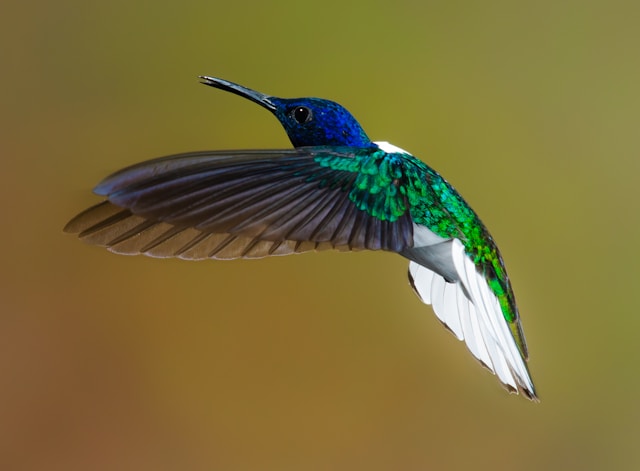Introduction
New Zealand is renowned for its unique and diverse birdlife, largely due to its long geographical isolation. The country is home to many rare and elusive bird species that have evolved to fill ecological niches with little competition from mammals. This article delves into some of these extraordinary birds, highlighting their unique characteristics, habitats, and the conservation efforts in place to protect them.
Kakapo: The Night Parrot
The kakapo (Strigops habroptilus) is one of New Zealand’s most iconic and critically endangered birds. Known as the world’s only flightless and nocturnal parrot, the kakapo is a large, green, owl-like bird that once thrived throughout New Zealand. However, habitat destruction and the introduction of predators like rats, stoats, and cats have decimated their population.
Efforts to save the kakapo began in earnest in the 1990s, with the establishment of the Kakapo Recovery Programme. This initiative involves intensive management of the remaining kakapo on predator-free islands such as Whenua Hou (Codfish Island) and Anchor Island. Breeding programmes, genetic research, and habitat restoration are key components of the recovery efforts. Today, there are over 200 kakapo, a significant increase from their nadir of just 50 individuals in the 1990s.
Takahe: The Rediscovered Wonder
The takahe (Porphyrio hochstetteri) is another remarkable bird that captures the essence of New Zealand’s unique fauna. This large, flightless rail was thought to be extinct until it was rediscovered in 1948 in the remote Murchison Mountains of Fiordland. Characterized by its striking blue and green plumage and red beak, the takahe is a symbol of hope for conservationists.
Similar to the kakapo, the takahe has benefited from dedicated conservation efforts. The Takahe Recovery Programme focuses on habitat management, predator control, and captive breeding. Sanctuaries like Tiritiri Matangi Island and Maungatautari Ecological Island play critical roles in providing safe environments for these birds to thrive.
Hihi: The Stitchbird Survivor
The hihi (Notiomystis cincta), or stitchbird, is a small, colorful bird that was once widespread across the North Island but now survives only in small, managed populations. The hihi is known for its distinctive vocalizations, which resemble the sound of a sewing machine, earning it the nickname “stitchbird.”
Hihi populations are now confined to several predator-free sanctuaries, including Tiritiri Matangi Island, Kapiti Island, and Zealandia in Wellington. Conservationists use supplementary feeding stations and nest boxes to support these birds, as well as ongoing predator control to ensure their safety.
Kokako: The Grey Ghost
The kokako (Callaeas wilsoni) is a medium-sized bird with a hauntingly beautiful song that echoes through the ancient forests of the North Island. Often referred to as the “grey ghost,” the kokako is recognizable by its slate-grey body and distinctive blue wattles. The North Island kokako is critically endangered, while the South Island subspecies is thought to be extinct.
Conservation efforts for the kokako focus on intensive predator control and habitat restoration. Sanctuaries like Pureora Forest Park and the Hunua Ranges are key sites where these efforts have been successful. Thanks to these initiatives, the kokako population has shown promising signs of recovery.
Fairy Tern: The Coastal Phantom
The New Zealand fairy tern (Sternula nereis davisae) is the country’s rarest breeding bird, with fewer than 40 individuals remaining. This small, delicate seabird nests on the sandy beaches and dunes of Northland, where it faces threats from habitat disturbance, predation, and human activities.
Conservationists have implemented stringent measures to protect the fairy tern, including fencing off nesting sites, controlling predators, and engaging with local communities to minimize disturbances. Despite these efforts, the fairy tern remains critically endangered, underscoring the need for continued vigilance and support.
Conclusion
New Zealand’s rare and elusive birds are not only fascinating in their uniqueness but also vital to the country’s natural heritage. The ongoing efforts to protect and restore their populations highlight the importance of conservation and the challenges faced in preserving these irreplaceable species. By supporting these initiatives and raising awareness, we can ensure that future generations will also have the opportunity to experience the wonder of New Zealand’s avian treasures.
